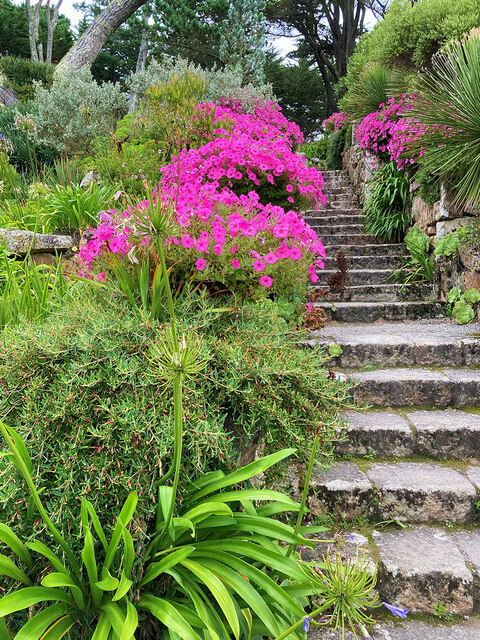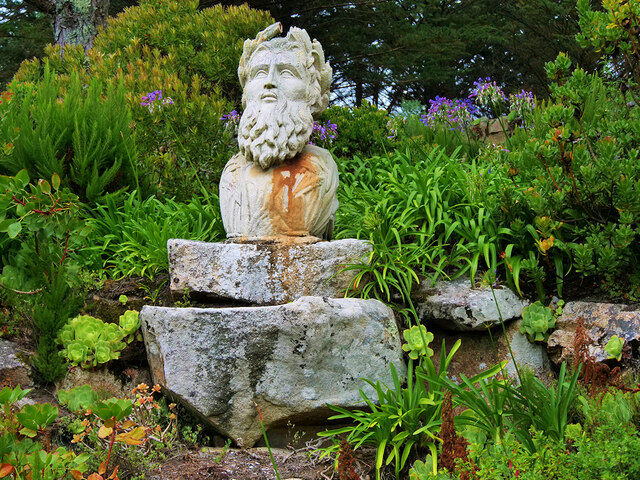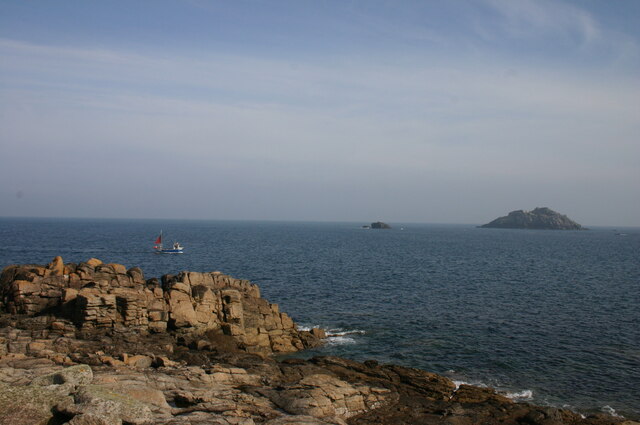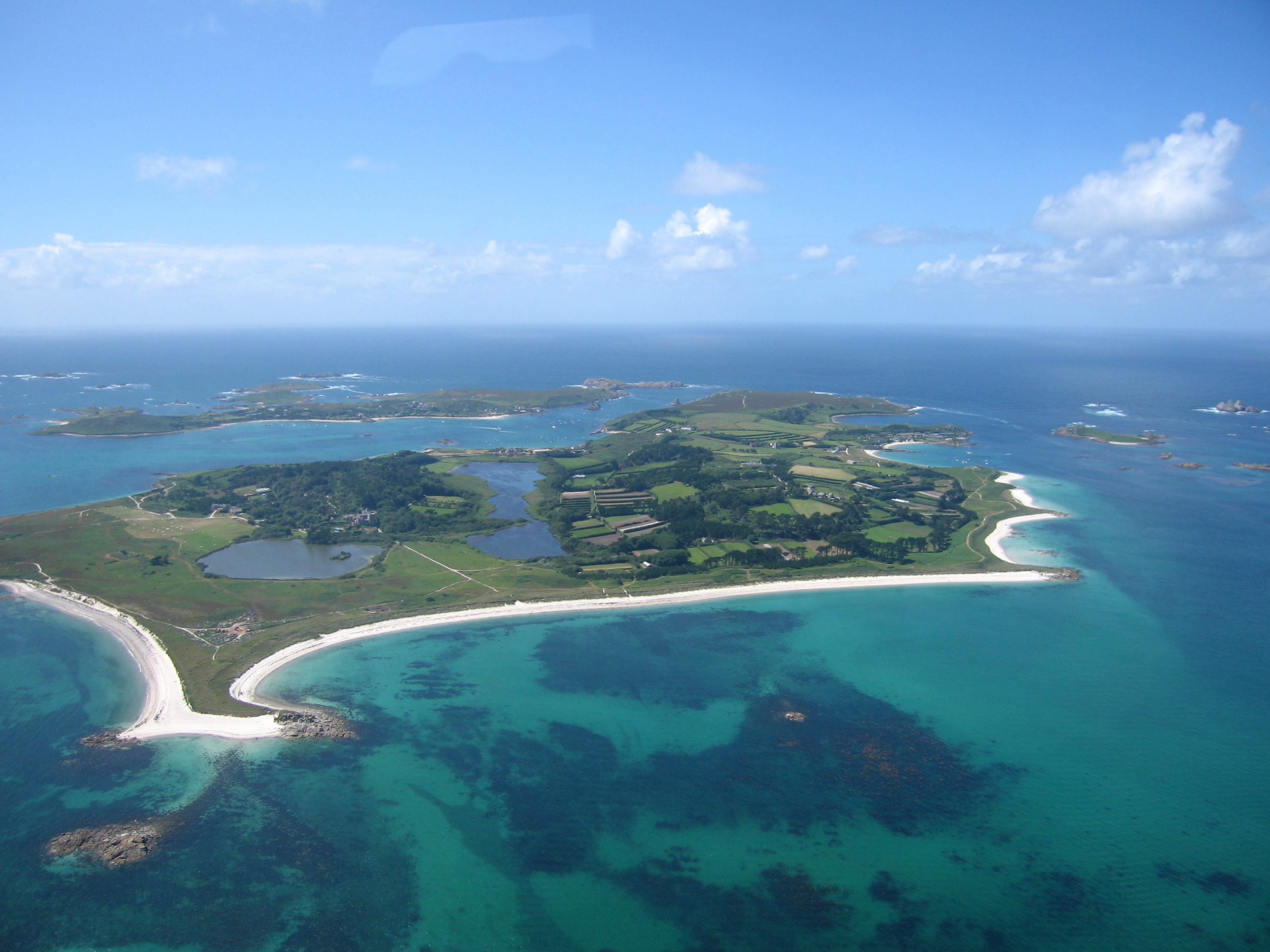Great Cheese Rock
Island in Cornwall
England
Great Cheese Rock

Great Cheese Rock is a prominent natural landmark located off the coast of Cornwall, England. Situated in the Celtic Sea, this island is known for its unique rock formation, which resembles a giant wheel of cheese, hence its name. The island is approximately 200 meters in diameter and rises about 20 meters above sea level.
Great Cheese Rock is composed primarily of granite, a common rock type in the region. Its distinctive shape is the result of millions of years of erosion caused by the relentless pounding of waves and the strong coastal winds. The constant battering of the elements has gradually shaped the rock into its current wheel-like form, with concentric layers and a smooth, rounded top.
Due to its striking appearance, Great Cheese Rock has become a popular tourist attraction in Cornwall. Visitors can view the island from the mainland, or for the more adventurous, take a boat trip to get a closer look. However, it is important to note that access to the island itself is restricted in order to protect the delicate ecosystem and preserve the rock formation.
The island is also home to a variety of seabirds, including gulls and cormorants, which nest on its cliffs. It is not uncommon to spot seals and dolphins in the surrounding waters, adding to the natural beauty and appeal of the area.
Overall, Great Cheese Rock is a fascinating geological feature that showcases the power of nature's forces. Its resemblance to a giant wheel of cheese, coupled with its stunning coastal location, make it a must-see destination for nature enthusiasts and visitors to Cornwall.
If you have any feedback on the listing, please let us know in the comments section below.
Great Cheese Rock Images
Images are sourced within 2km of 49.957103/-6.3152345 or Grid Reference SV9015. Thanks to Geograph Open Source API. All images are credited.















Great Cheese Rock is located at Grid Ref: SV9015 (Lat: 49.957103, Lng: -6.3152345)
Division: Isles of Scilly
Unitary Authority: Isles of Scilly
Police Authority: Devon and Cornwall
What 3 Words
///upcoming.romance.essential. Near Tresco, Isles of Scilly
Nearby Locations
Related Wikis
Old Blockhouse
The Old Blockhouse, also known as the Dover Fort, is a 16th-century fortification on the island of Tresco in the Isles of Scilly. It was built between...
Teän
Teän ( TEE-ən, sometimes written Tean without the diaeresis; Cornish: Enys Tian) is an uninhabited island to the north of the Isles of Scilly archipelago...
Tresco, Isles of Scilly
Tresco (Cornish: Enys Skaw, lit. 'island of elder-trees') is the second-biggest island of the Isles of Scilly. It is 297 ha (1.15 sq mi) in area, measuring...
Lower Town, Isles of Scilly
Lower Town (Cornish: Trewoles) is the westernmost settlement on the island of St Martin's in the Isles of Scilly, England. One of the island's two quays...
Nearby Amenities
Located within 500m of 49.957103,-6.3152345Have you been to Great Cheese Rock?
Leave your review of Great Cheese Rock below (or comments, questions and feedback).





